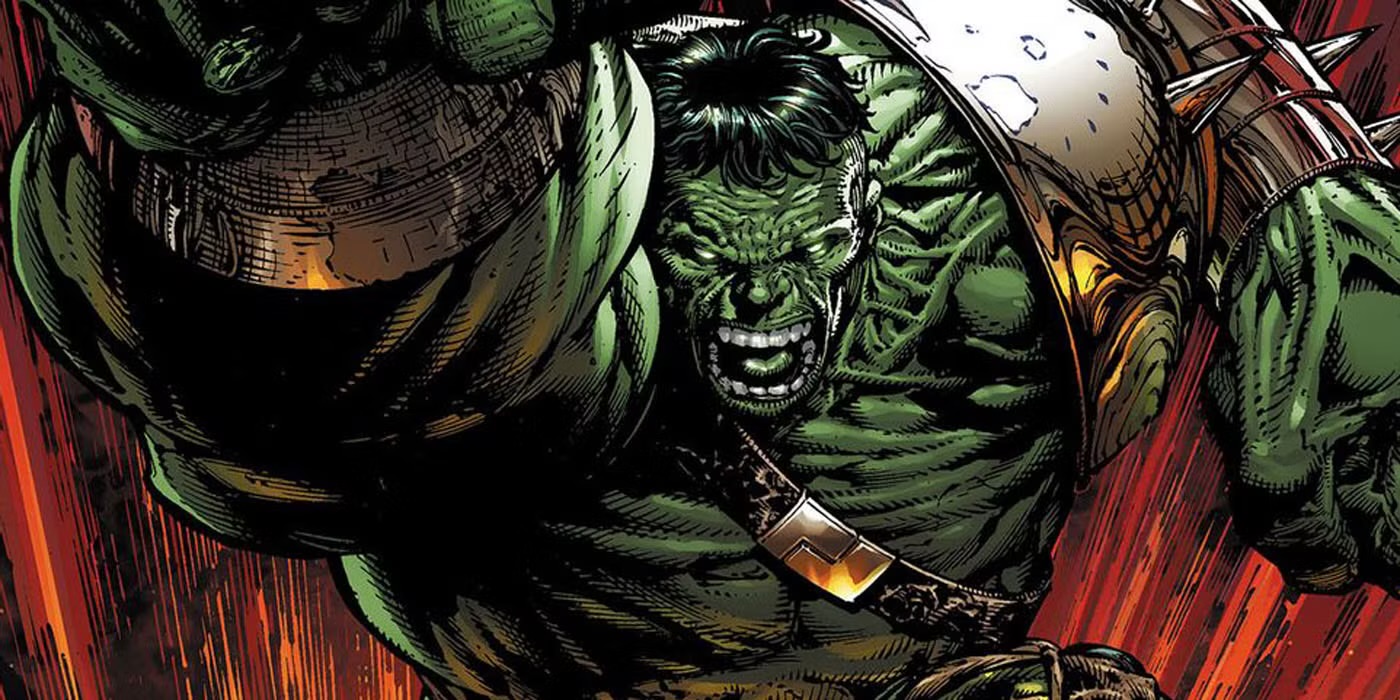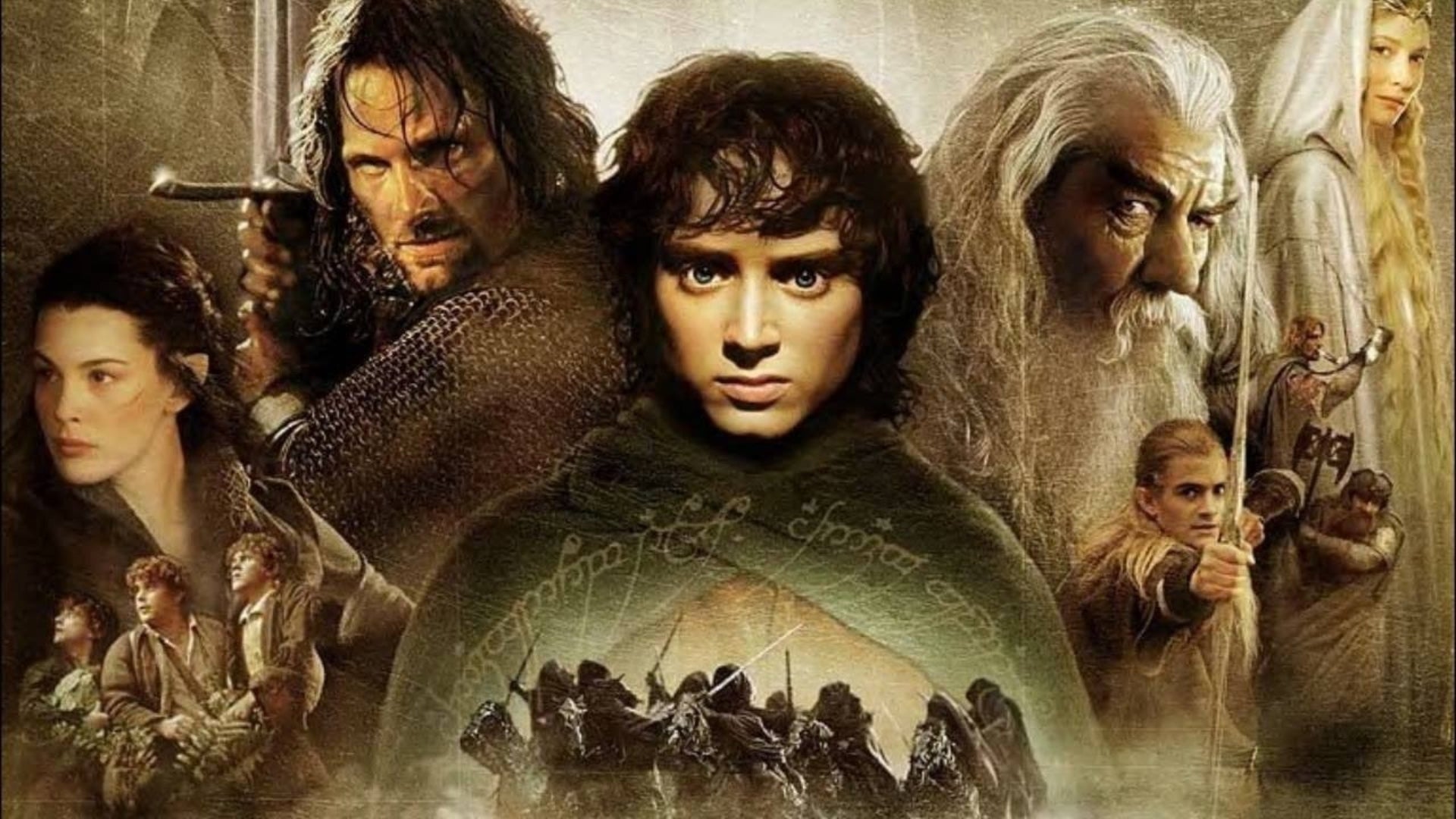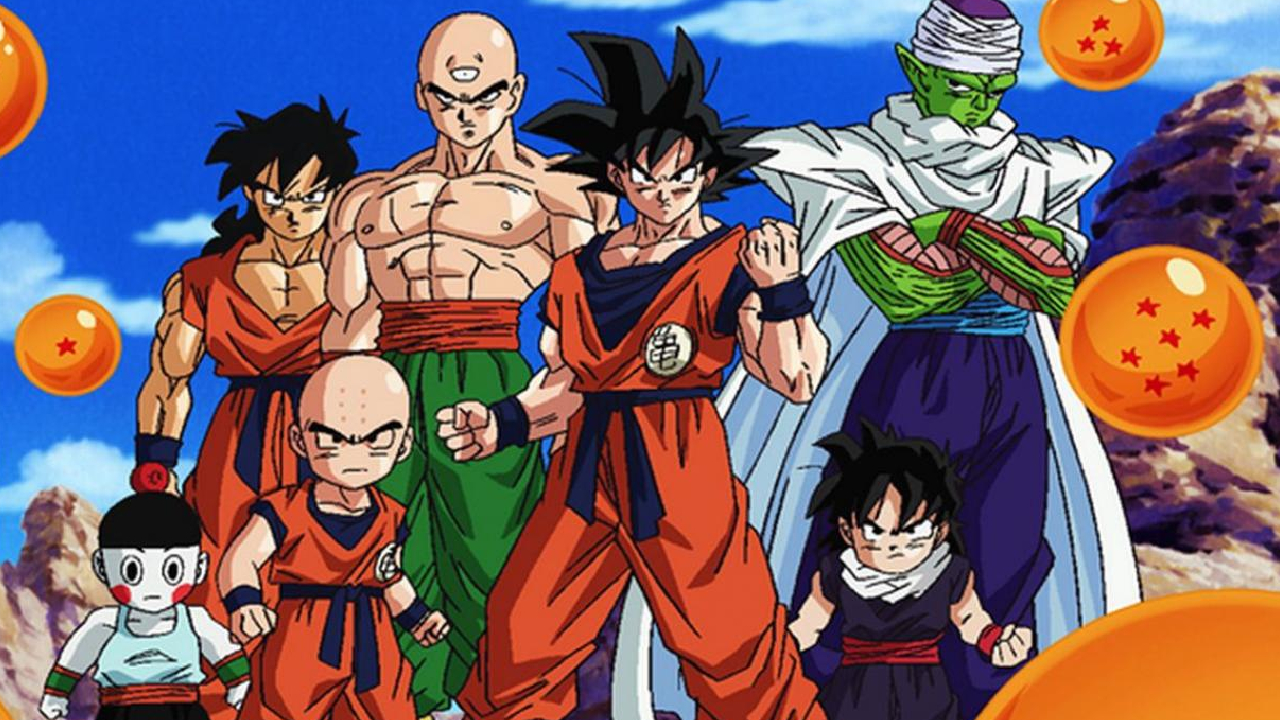Darth Maul, the menacing Sith Lord introduced in “Star Wars: Episode I – The Phantom Menace,” has made a huge mark on the Star Wars saga despite his relatively brief appearance. From his striking visual design and intense combat skills to his enigmatic presence, Darth Maul quickly became one of the franchise’s most beloved characters. This article delves into the factors that contributed to Darth Maul’s instant impact and enduring popularity, exploring how a character with so little screen time captured the imaginations of Star Wars fans worldwide.
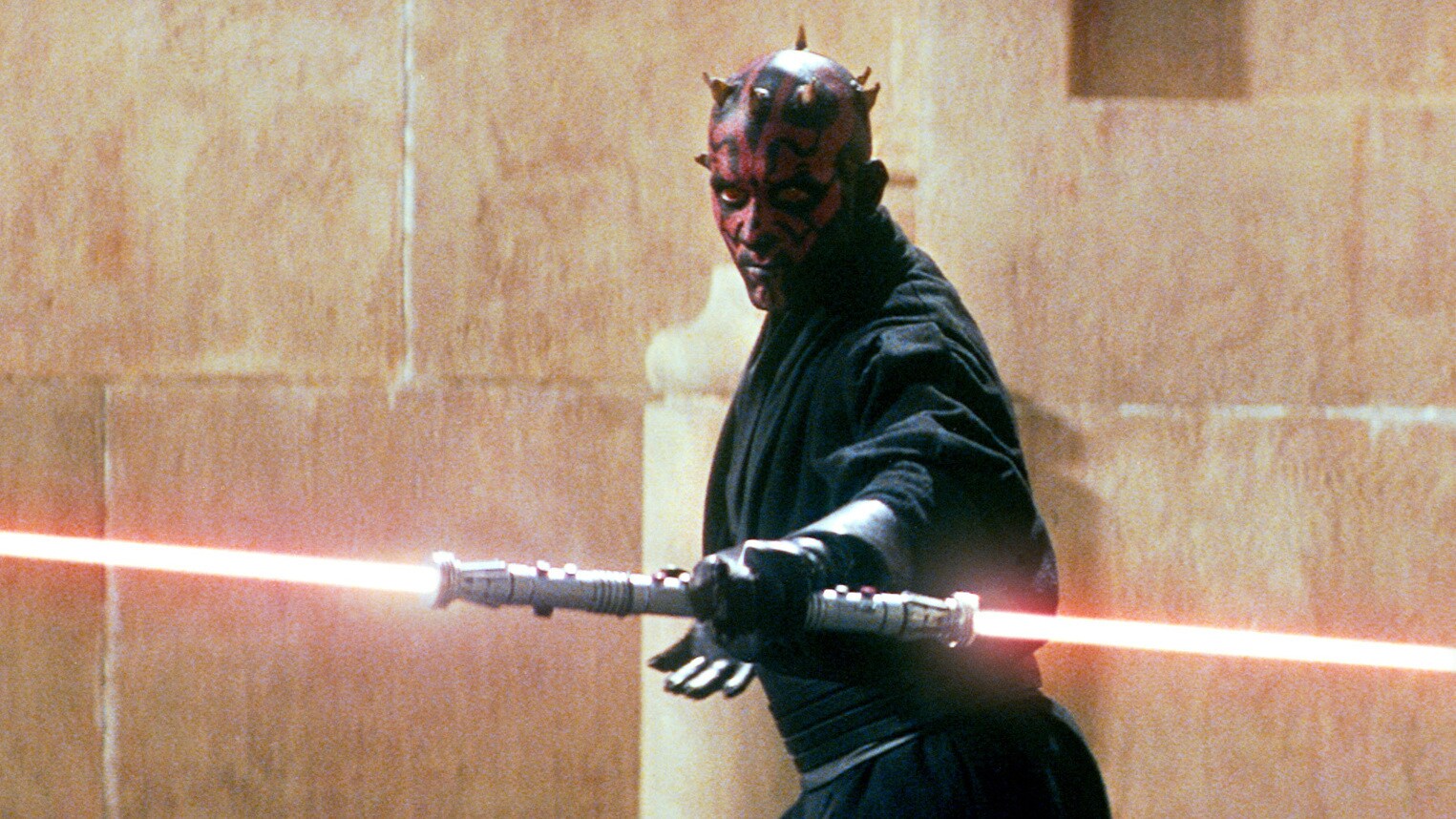
“Star Wars: Episode I – The Phantom Menace,” released in 1999, marked the beginning of the Star Wars prequel trilogy. Among the new characters introduced was Darth Maul, the apprentice of Darth Sidious (Emperor Palpatine). Portrayed by actor and martial artist Ray Park, with voice work by Peter Serafinowicz, Darth Maul immediately stood out due to his striking appearance: a red and black tattooed face, yellow eyes, and horns crowning his head.
Darth Maul’s visual design was one of the primary reasons for his immediate impact. Created by concept artist Iain McCaig, Maul’s look was inspired by various sources, including tribal tattoos and demonic imagery. This design set him apart from previous Star Wars villains, making him an instantly recognizable and intimidating figure. His dual-bladed lightsaber, a first in the Star Wars films, added to his unique and fearsome presence.
Another defining aspect of Darth Maul’s character was his exceptional combat skills. The choreographed lightsaber duels in “The Phantom Menace,” particularly the climactic battle against Jedi Master Qui-Gon Jinn and his apprentice Obi-Wan Kenobi, showcased Maul’s agility, precision, and martial prowess. These fight scenes, choreographed by Nick Gillard, were some of the most dynamic and visually stunning in the franchise, further cementing Maul’s status as a formidable adversary.
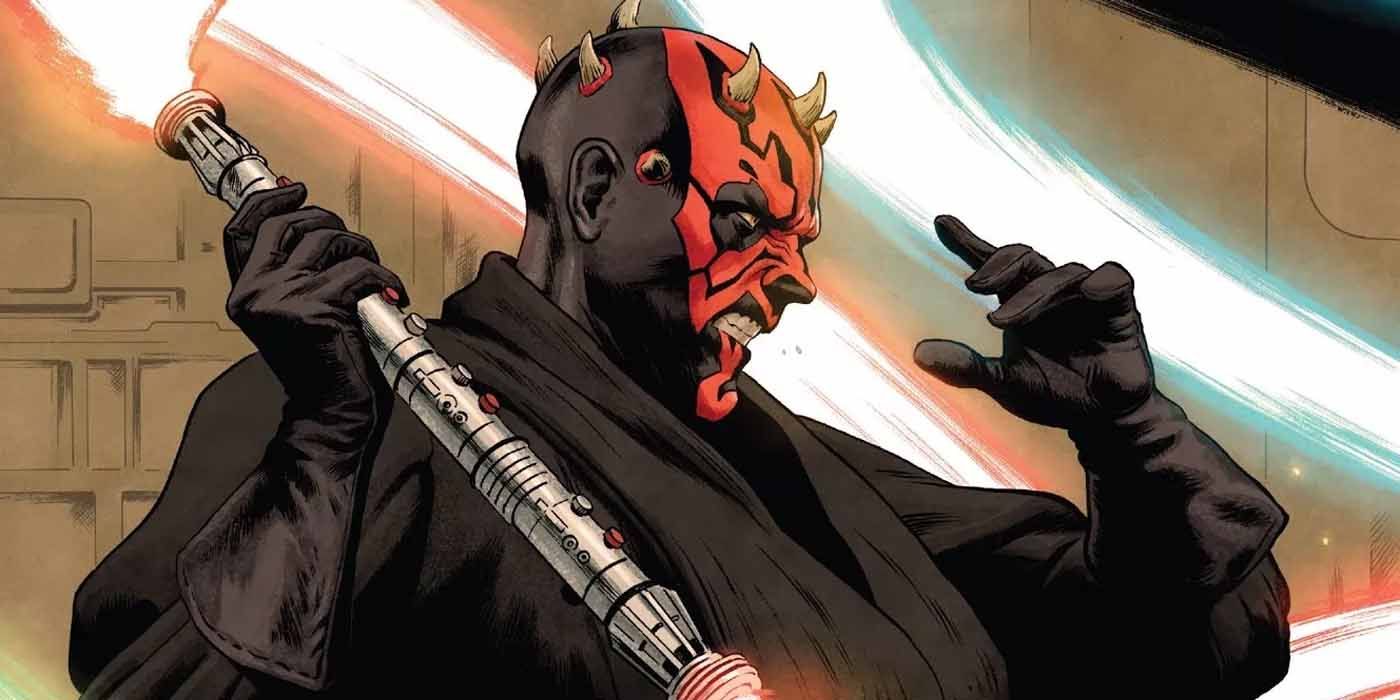
Despite his limited screen time in “The Phantom Menace,” Darth Maul’s presence loomed large. He appeared in only a handful of scenes, yet each was impactful. His silent but menacing demeanor, coupled with his relentless pursuit of the Jedi, made him a memorable and feared character. His climactic battle and apparent death at the hands of Obi-Wan Kenobi left a lasting impression on audiences.
The duel between Darth Maul, Qui-Gon Jinn, and Obi-Wan Kenobi, known as the “Duel of the Fates,” is one of the most iconic sequences in Star Wars history. Set to John Williams’ powerful score, the battle is not only a visual and auditory spectacle but also a pivotal moment in the narrative. The death of Qui-Gon Jinn and Maul’s apparent demise at Obi-Wan’s hands had significant repercussions for the characters and the overarching storyline of the prequel trilogy.
Darth Maul’s story did not end with “The Phantom Menace.” In a surprising twist, he was resurrected in the animated series “Star Wars: The Clone Wars.” Brought back by series creator Dave Filoni, Maul’s return was met with excitement from fans. His survival was explained through his sheer hatred and willpower, coupled with dark side magic, which allowed him to endure and eventually be found by his brother, Savage Opress.
“The Clone Wars” and “Star Wars Rebels” provided an expanded role for Darth Maul, delving deeper into his character and motivations. In these series, Maul was portrayed as a complex and tragic figure, driven by revenge against Obi-Wan Kenobi and a desire to reclaim his power and influence. His cunning, ruthlessness, and occasional vulnerability added layers to his character, making him more than just a menacing villain.
Several key story arcs in “The Clone Wars” and “Rebels” further established Darth Maul’s significance in the Star Wars universe. His takeover of Mandalore, the formation of the Shadow Collective, and his pursuit of the Sith and Jedi alike highlighted his strategic mind and relentless ambition. The climactic duel with Obi-Wan Kenobi on Tatooine in “Rebels” provided a fitting end to his long-standing vendetta, showcasing his tragic end and the enduring enmity between the two characters.

Darth Maul’s instant impact on the Star Wars saga is a testament to the power of striking visual design, compelling character development, and memorable storytelling. Despite his limited screen time in “The Phantom Menace,” Maul’s presence left a lasting impression, and his expanded role in “The Clone Wars” and “Rebels” only deepened fans’ appreciation for him. As one of the most beloved characters in the Star Wars universe, Darth Maul’s legacy continues to captivate and inspire, proving that even the darkest villains can shine brightly in the galaxy far, far away.


